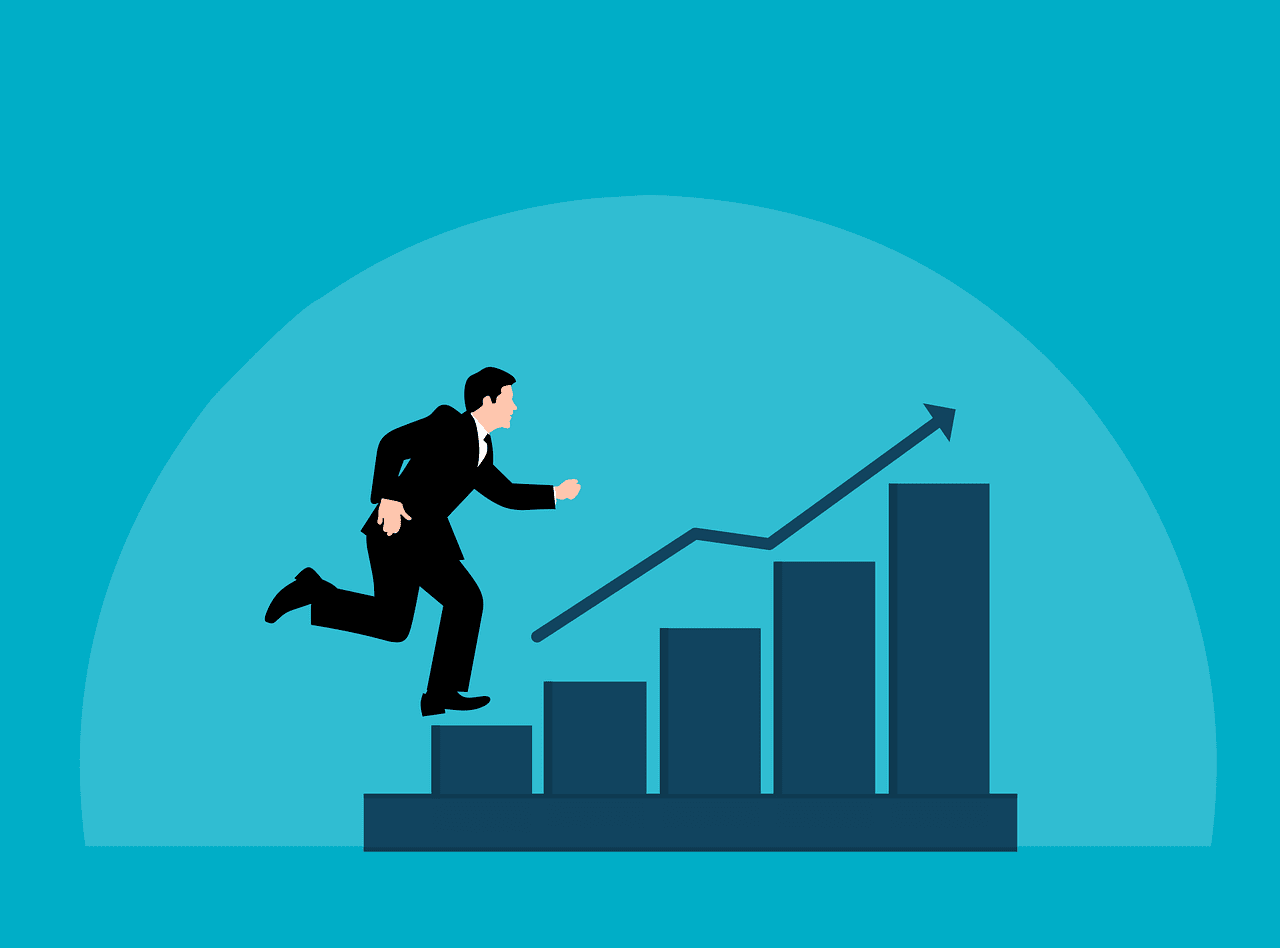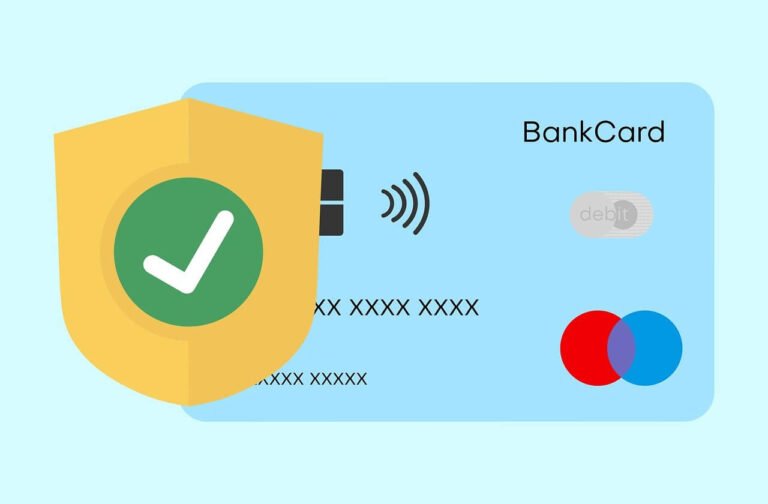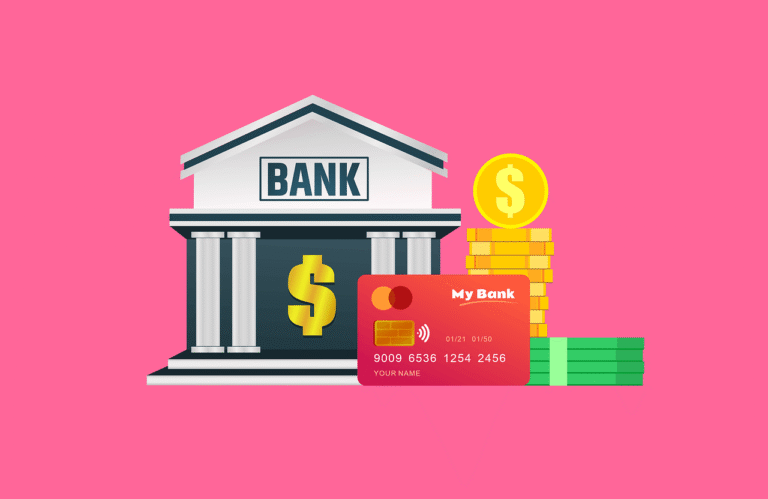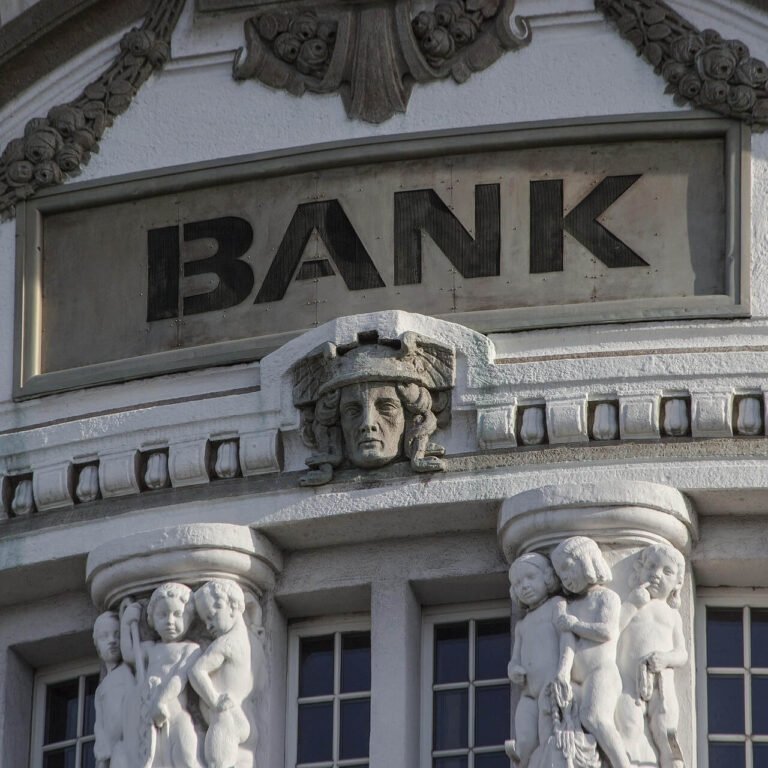You earn your money through hard work. Don’t you want your money to work as hard as you do? Without realizing it, the majority of individuals keep their money in standard savings accounts, losing out on hundreds or even thousands of dollars annually.
High-yield savings accounts can help with that. With no more work on your side, these effective financial techniques can help your money grow more quickly.
Let’s go over all the information you require regarding high-yield savings accounts and how they might assist you in achieving your financial objectives.
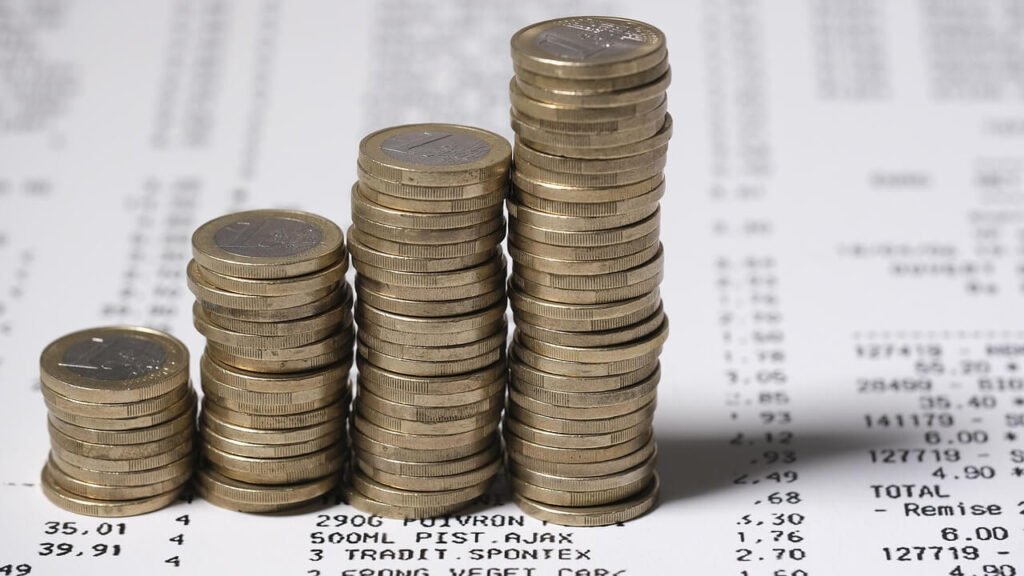
What Is High Yield Savings Accounts
A high yield savings account is a type of savings account that pays you much more interest on your money compared to regular savings accounts. Without putting in extra work, you can increase your amount more quickly than you would in a typical savings account. Consider it an improved version of your familiar savings account.
High-yield savings accounts usually provide rates that are 10 to 20 times higher than those of traditional savings accounts. Currently, while the national average savings rate is 0.40%, many high-yield savings accounts offer rates above 4.00%.
That difference might not sound huge at first, but it adds up fast. If you have $10,000 saved, a regular account earning 0.40% would give you about $40 per year, while a high yield account earning 4.00% would give you $400. That’s $360 more just for keeping your money in a different type of account.
High-Yield Savings Account Calculator
Final Balance
$0.00
Total Deposits
$0.00
Interest Earned
$0.00
How High Yield Savings Accounts Work
High yield savings accounts function just like regular savings accounts, but with one big difference: the interest rate. The bank gives you interest on the amount you deposit into these accounts.
Interest generally accrues and compounds daily or monthly. The entire amount of interest accrued during the month is credited to your account at the end of each month, at which point it becomes accessible for withdrawal. Try our high yield savings account calculator
This happens through compound interest. The principal you deposited and the interest you accrued are combined to form your new principal. Interest is paid on your new principal the following time you earn interest.
This means you're earning interest on your interest, which helps your savings grow even faster over time. The more money you have in the account and the longer you keep it there, the more you benefit from this compounding effect.
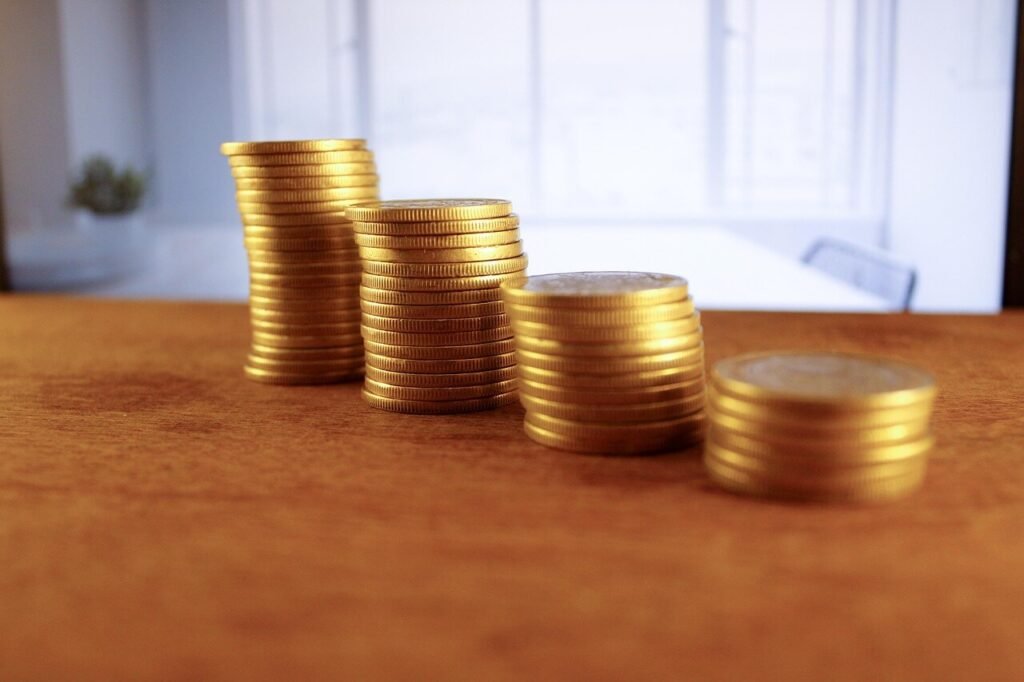
Why High Yield Savings Accounts Pay More
You may be asking why interest rates at some institutions are so much higher than those at others. Usually, the answer depends on the bank's operational location. Traditional banks incur the cost of branch maintenance; online banks do not. Higher interest rates allow them to pass the savings forward to their clients.
Conventional banks that have physical branches must cover the costs of upkeep, employees, buildings, and utilities. Online banks avoid the majority of these costs and return the savings to you in the shape of higher interest rates. Online banking are not any less trustworthy or safe as a result.
They are subject to the same rules and provide the same safeguards as conventional banks. You and other savers benefit from the fact that they just function differently.
FDIC Insurance Protection
One of the most important things to know about high yield savings accounts is that they're just as safe as regular savings accounts. Under FDIC insurance, deposits are safeguarded up to a maximum of $250,000 for each depositor, bank, and ownership type. If a bank fails, your money is protected by the Federal Deposit Insurance Corporation (FDIC).
Deposit insurance is determined on a dollar-for-dollar basis up until the default date, taking into account the principal amount as well as any interest owed to the depositor. This indicates that up to the insurance limit, every penny you deposit and interest you've accrued is covered.
Your money is safe as long as it doesn't exceed $250,000 at any one bank. You can open accounts at several institutions to be completely safe if you have more money to save.
Who Should Use a High Yield Savings Account
Although they are particularly helpful for certain savings objectives, high yield savings accounts are beneficial for practically everyone. You should use these accounts for your emergency funds. When unforeseen costs arise, you need to be able to access this money quickly, and you want it to grow while you're not using it.
You can increase your long-term savings potential and guarantee immediate access to your money by maintaining an emergency fund in a high-yield savings account.
For short- to medium-term savings objectives, high-yield savings accounts are ideal since they offer a flexible and safe option to increase your money without keeping it locked up for extended periods of time.
A high yield savings account allows you to earn interest while keeping your money accessible, whether you're saving for a new car, a vacation next year, or a down payment on a home in the near future. These accounts are perfect for the money you'll need in the next months to years because of their growth and flexibility features.
How To Open a High Yield Savings Account
To open a high yield savings account is usually quick and easy. Most online banks let you open an account in about 10 to 15 minutes. Start by searching around to see which bank offers the best rates. You'll need basic information like your Social Security number, address, and identification. Some banks require an initial deposit, but many don't.
Once your account is open, you can transfer money from your existing bank account. Most high yield savings accounts come with mobile apps that make it easy to check your balance, transfer money, and manage your savings from anywhere. Some banks also provide debit cards or check-writing abilities, though these features vary by institution.
Important Things to Consider
While high yield savings accounts offer great benefits, there are a few things to keep in mind. Interest rates can change over time. The accounts on this list are earning upwards of 4 percent APY. However, these rates aren't guaranteed forever. Banks can adjust their rates based on economic conditions and Federal Reserve decisions.
Some high yield savings accounts have monthly withdrawal limits or require minimum balances. Federal regulations used to limit savings account withdrawals to six per month, though many banks have relaxed these rules. Still, it's smart to check the specific terms of any account you're considering. You want to make sure the account fits your needs without surprise fees or restrictions.
Comparing Your Options
When shopping for a high yield savings account, compare several factors beyond just the interest rate. Look at any monthly fees, minimum balance requirements, and how easy it is to access your money. Some banks offer higher rates but charge monthly fees that eat into your earnings. Others might require you to maintain a large balance to get the advertised rate.
Read reviews from other customers to learn about their experiences. Check how good the bank's customer service is and whether their mobile app works well. You want an account that's not only profitable but also convenient to use. The best high yield savings account for you is one that offers a competitive rate, has features you'll actually use, and makes managing your money simple.
The Current Savings Landscape
As of this year, 2025, savers are in a good position. The real yield on the best savings accounts, a measure of the inflation-adjusted growth, is still close to its most positive level in years, which makes this a particularly great time for savers and retirees. This means the interest you're earning is actually helping you keep up with or beat inflation, which wasn't always the case in recent years.
After the Fed lowers rates, we could expect high-yield savings accounts to trend downward. This doesn't mean you should avoid high yield savings accounts. It just means now is a particularly good time to take advantage of the higher rates available. Even if rates decrease somewhat, high yield savings accounts will likely still offer significantly better returns than traditional savings accounts.
How To Make Your Money Work Harder
Moving your money to a high yield savings account is one of the easiest and best ways to improve your financial situation. You don't need special knowledge or skills. You don't have to watch the stock market or learn complicated investment strategies. You simply move your money to a better account and let it grow.
The difference in earnings can be substantial over time. If you keep $5,000 in a high yield savings account earning 4.00% instead of a regular account earning 0.40%, you'll earn an extra $180 per year. That's money you can use toward your goals, your future, or just a nice dinner out. And the more you save, the bigger this difference becomes.
Taking the Next Step
Getting started with a high yield savings account doesn't mean you have to abandon your current bank entirely. Many people keep a checking account at their local bank for everyday spending while using a high yield savings account for their actual savings. This setup gives you the best of both worlds: convenient access to your spending money and better growth for your savings.
Investigate a few well-regarded internet banks that provide competitive rates and positive client feedback first. Examine their features, costs, and prerequisites. To test it out, open an account and send some money when you've found one that meets your needs. Later, after you become more accustomed to how everything operates, you may always make adjustments.
Conclusion
You may increase your savings in a simple, secure, and efficient manner with high yield savings accounts. They function similarly to traditional savings accounts, but they offer noticeably higher interest rates, which allows compound interest to accelerate the growth of your money. There is little reason to accept the small earnings of a standard savings account when online access is simple, rates can be 10–20 times greater than traditional accounts, and FDIC insurance coverage is available.
A high-yield savings account can help you reach your financial goals more quickly, whether they be emergency fund building, goal saving, or simply making your money work harder. Spend some time looking through your alternatives to pick an account that works for you. Your future self will appreciate the extra cash you've earned just by making a wiser savings decision.
